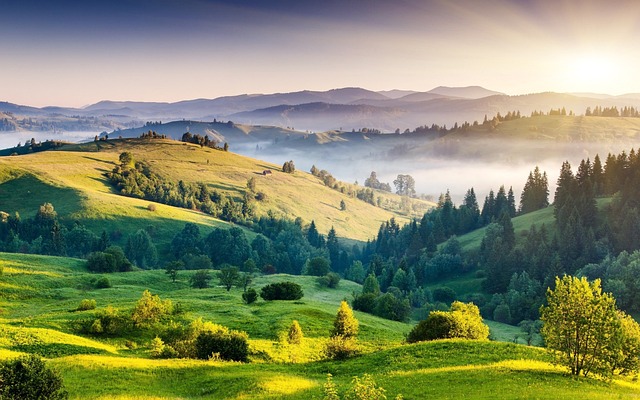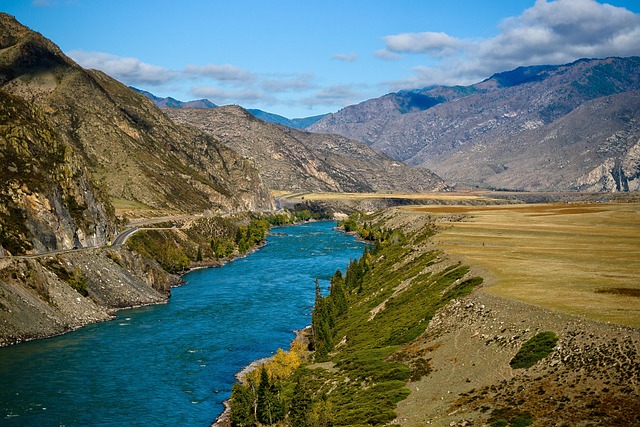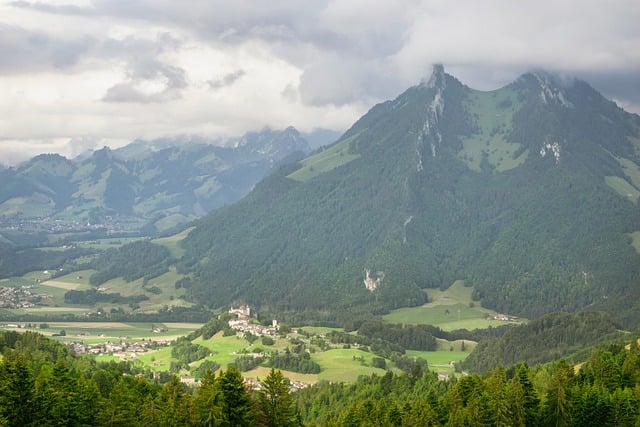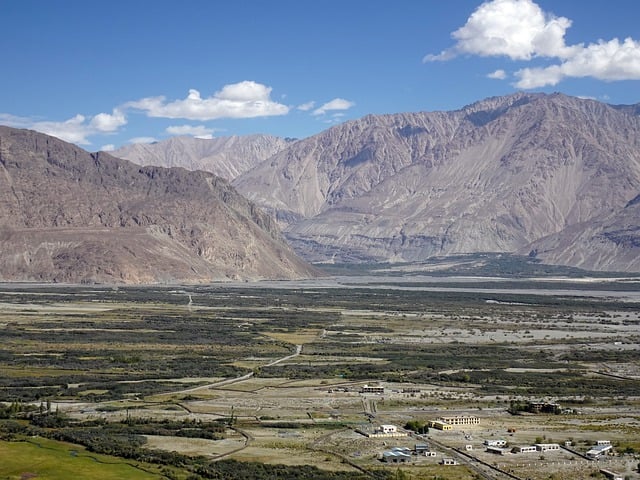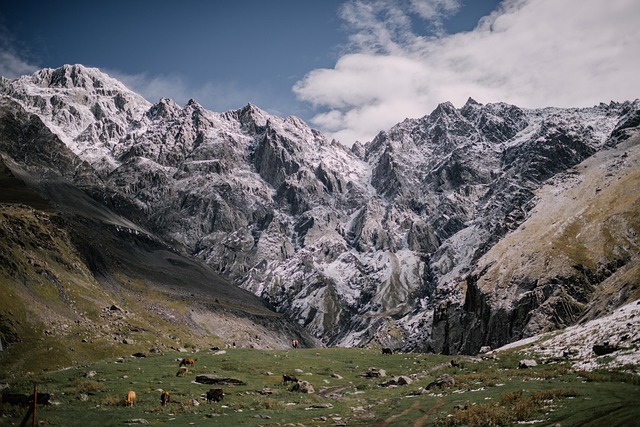In today's cities, parks are no longer extras but critical infrastructure, enhancing quality of life and attracting investment. Developers integrate green spaces into master-planned communities, catering to diverse demographics with fitness, family activities, and sustainability. These strategies promote community building, increase property value, and create vibrant, eco-friendly hubs that adapt to urban growth – key selling points for real estate professionals.
“Parks and recreation amenities are undergoing a modern metamorphosis, revolutionizing urban real estate. In today’s digital era, these spaces are no longer just green oases; they’re vibrant hubs teeming with innovative features. From eco-friendly designs to high-tech attractions, modern parks cater to diverse interests, enhancing the quality of life and boosting property value. This article explores the evolving role of parks in urban landscapes, delving into sustainable design trends that future-proof public spaces.”
The Evolving Role of Parks and Recreation in Urban Real Estate
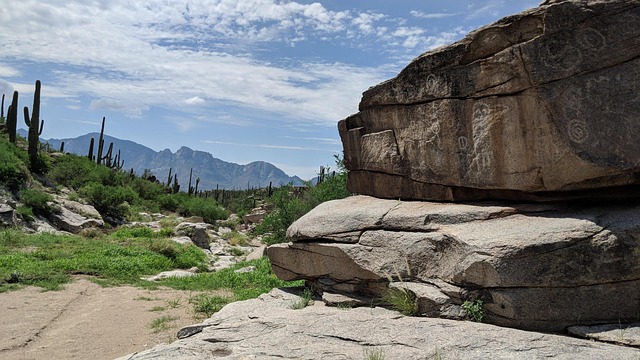
In today’s urban landscape, parks and recreation amenities are no longer merely optional additions to a city’s infrastructure—they’ve become a defining factor in real estate value and community livability. The evolving role of parks reflects a growing understanding that green spaces contribute significantly to physical and mental well-being, fostering social connections and enhancing the overall quality of life for urban residents.
As cities continue to grow and densify, developers and policymakers are recognizing the strategic importance of integrating parks and recreation facilities into master-planned communities. This shift is evident in the design of modern real estate projects, where parks are no longer isolated pockets but seamlessly integrated elements that serve as hubs for social interaction, leisure activities, and community building. These spaces cater to diverse demographics, offering something for everyone from families with young children to fitness enthusiasts and senior citizens.
Modern Amenities: Enhancing Quality of Life and Property Value
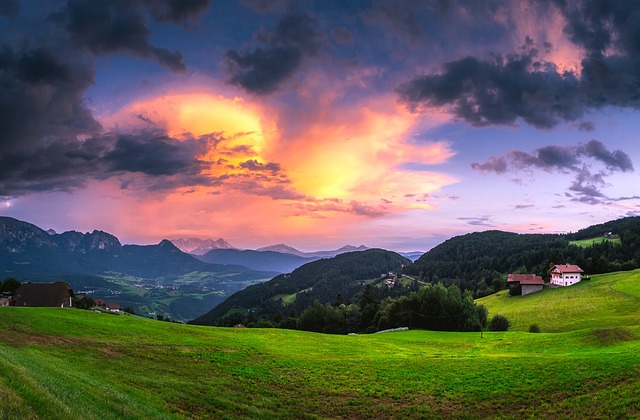
Modern parks and recreation amenities play a pivotal role in enhancing the quality of life for residents, which has a direct impact on real estate values. These amenities cater to diverse needs, from fitness enthusiasts seeking outdoor exercise spaces to families looking for areas to relax and socialize. Features like modern playgrounds, bike paths, and landscaped gardens not only encourage active lifestyles but also create visually appealing environments that attract buyers and tenants.
The presence of well-designed park infrastructure can significantly increase property desirability and value. Real estate professionals recognize this, often highlighting the proximity to parks and recreational facilities as a key selling point. This mutual benefit creates a positive cycle where improved amenities drive up property values, which in turn motivates further investment in developing and maintaining these modern recreation spaces.
Sustainable Design and Future-Proofing Public Spaces

Modern parks and recreation amenities are incorporating sustainable design principles to future-proof public spaces. This approach not only reduces environmental impact but also enhances the overall user experience, making them more resilient to climate change and urban growth. By integrating eco-friendly materials, efficient water management systems, and renewable energy sources, these spaces become vibrant hubs that cater to diverse activities while minimizing their carbon footprint.
Incorporating sustainable design in real estate development ensures parks remain valuable assets for communities well into the future. This proactive approach allows cities to create public spaces that are not only aesthetically pleasing but also functional, accessible, and adaptable to changing needs. As urban populations continue to grow, these eco-conscious amenities will play a crucial role in enhancing community well-being and fostering a deeper connection with nature within the urban landscape.
